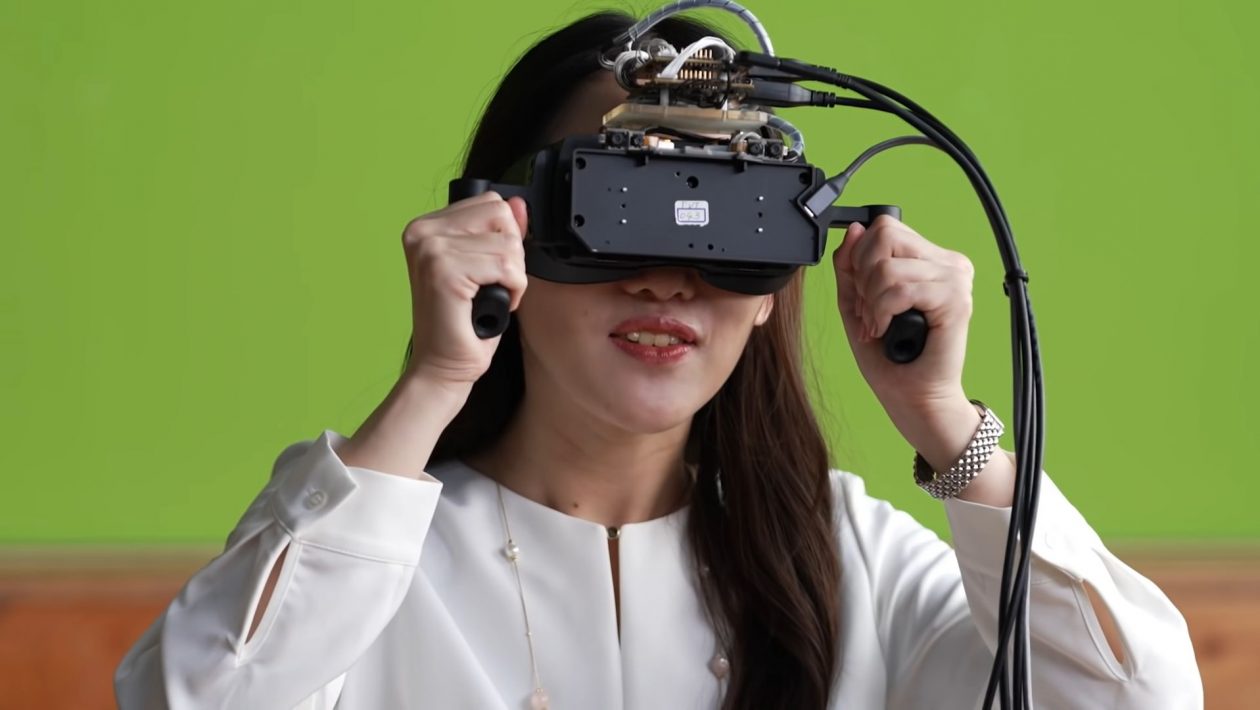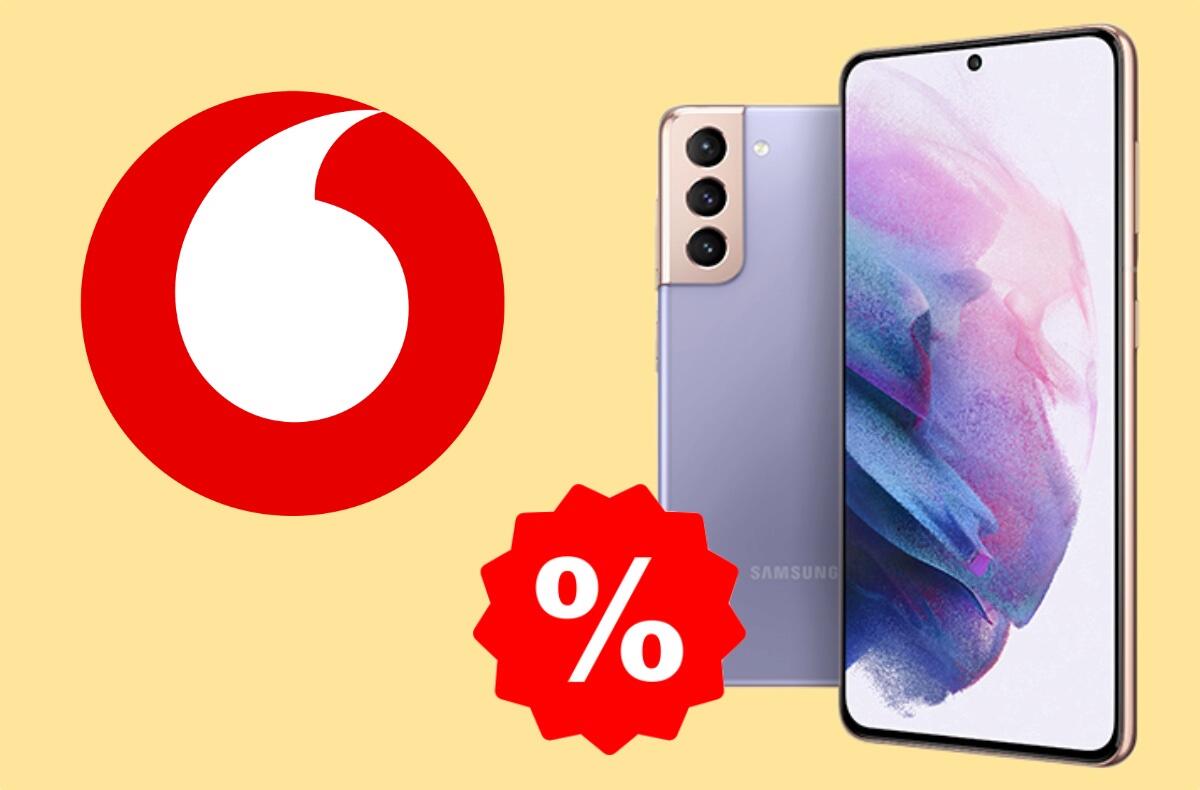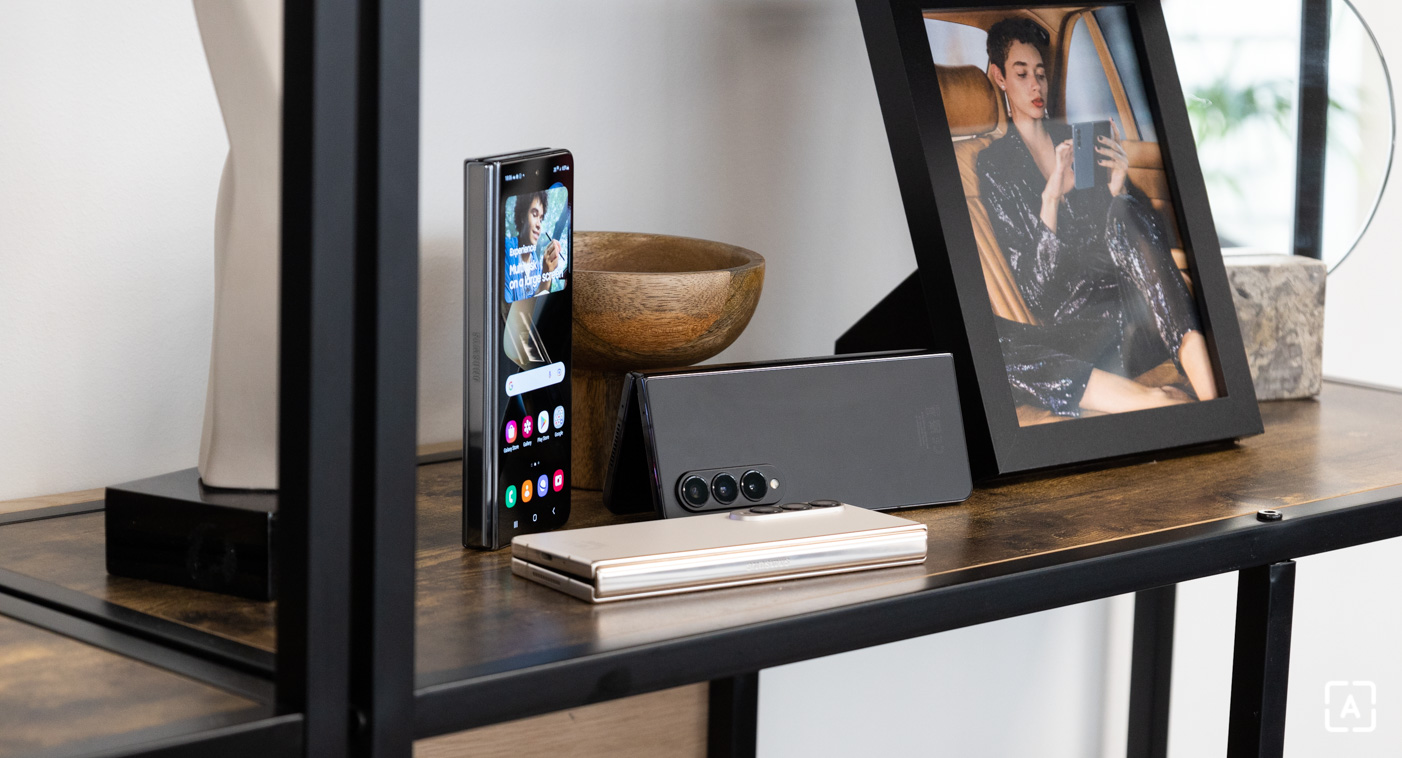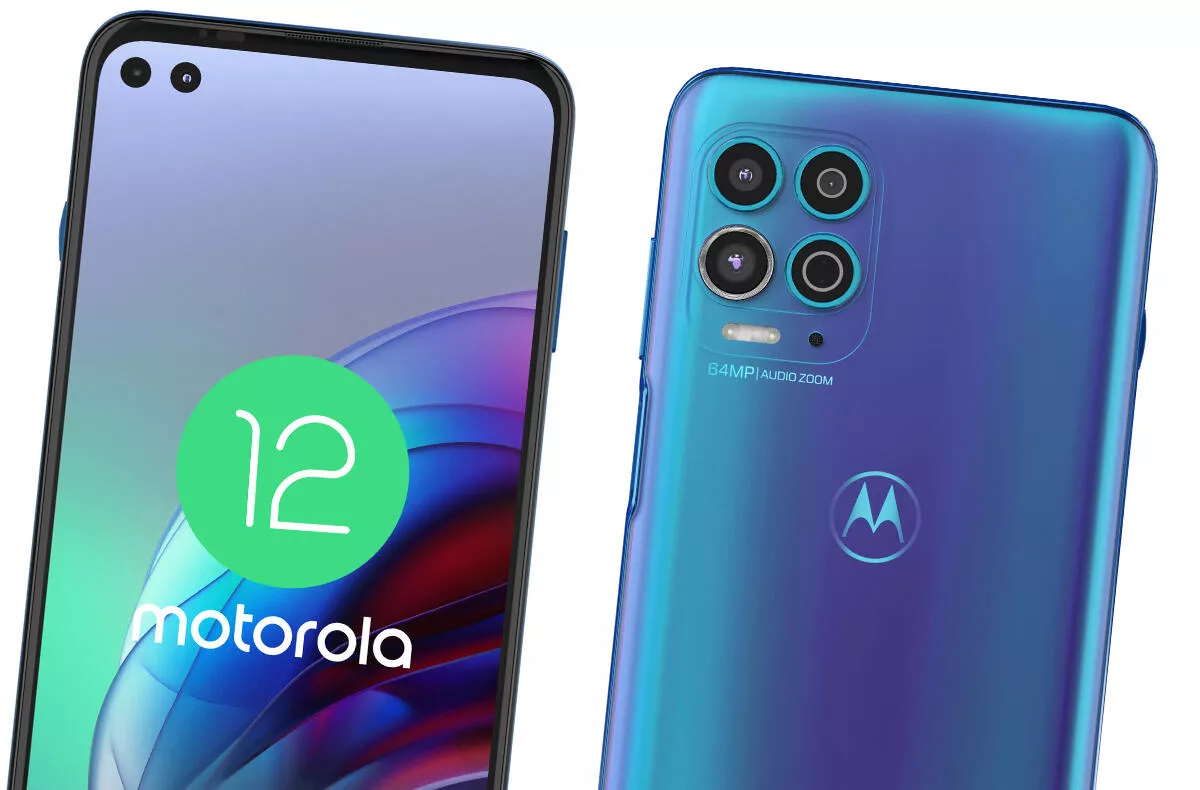Sony presents a prototype VR headset with 8K -apkrig resolution
Sony hosted a special Technology Day a few hours ago across its divisions. Through short videos, he wants to introduce the public to some of the concepts that the Japanese giant is working on, without having any specific use for them in the form of a commercial product in the near future. One of the prototypes is a prototype headset for virtual reality, which is to offer a total resolution of 8K – 4K for one eye – and set a new standard in the size of displays and image processing. It automatically comes to mind that we are watching the first presentation of the second generation PlayStation VR, but this link is not really so strong – at least for now.
First of all, it must be emphasized that the gaming division does not work on the development of the headset. This would not be surprising in itself, but rather the opposite, but it is the first definition that it is most likely not the basis of the so far unofficially named PSVR 2. Engineers Jasuko Ishihara and Kej Kimura also define that the new technology will find application in healthcare or industries and is still not associated with any terminal equipment. Nevertheless, in the short segment about the possible use of video games, they are blinking and it is most likely that even if it is not a stunning resolution, some of the concept will eventually appear in PSVR 2.
A hot candidate are miniature OLED displays, through which Sony wants to reduce the weight of headsets and make their use more pleasant. The second interesting element, without debates usable in the field of video games, is the effort to keep the latency as low as possible so that sensitive players do not feel sick. In order to achieve trouble-free use, the delay of the movement of the image when rotating the head must be in the order of thousands of seconds, not tenths, as it is so far, and Sony allegedly succeeds. In this respect, of course, it is necessary to weigh what other hardware works with the headset, but if there are solutions at least on paper, PSVR 2 could help significantly.
As far as image processing as such is concerned, those displays which, due to their negligible size, are finer than, for example, OLED displays of mobile phones, are to achieve a quality in which you will no longer see the breakdown into individual pixels. According to Sony, this should make the user feel as if he is looking out the window at a scene that is much more realistic than when using older technologies, but it is difficult to judge something like this indirectly. Also, a look into the cab of a historic car, which was part of the test scene, does not say much about the quality of image processing viewed through the headset, and it is therefore a question of how significant a shift Sony will actually notice. Another important issue is the future price, which Sony does not understandably talk about, but which could even better define for whom a headset equipped with such technologies would be intended and for whom it would not make sense, especially from an economic point of view.
Despite all the uncertainties, this is a relatively ambitious act, and it is the vision of at least a partial use of video game technologies that is definitely driving our imagination. But we still have to wait for the announcement of the PSVR 2 – if the headset is so named – and it is most likely that it is not just until The Game Awards on Thursday. Sony is not expected to talk about the headset until much later, as in the case of the first generation, when it was also expected to build a base for PS4 owners and the first big wave of interest in the console as such.



